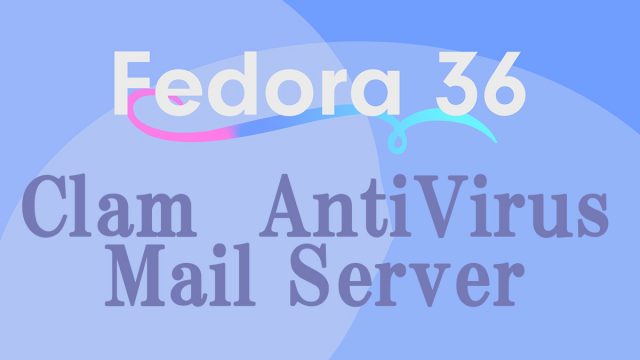 Debian11.5_en
Debian11.5_en Debian11.5 : OS Install
1.Debian11 OverviewIn this article, we will explain how to build a server with Debian, the basis of the user-friendly Linux distribution UBUNTU.The latest release is Debian 11.5 (codenamed "bullseye").Released on August 14, 2021 with an update (point release11.5) on September 10, 2022.2.Download Debian installation imageDebian11 download site https://www.debian.org/Access the above official website and download "debian-11.5.0-amd64-netinst.iso." which is convenient for setup in an environment connected to the Internet.(Fits on a single CD)NETINST allows you to download and install the necessary packages from the Internet, so you can use a smaller installer (approximately 391 MB for v11.5.0) than a full installer.Click through the following screens in order.














